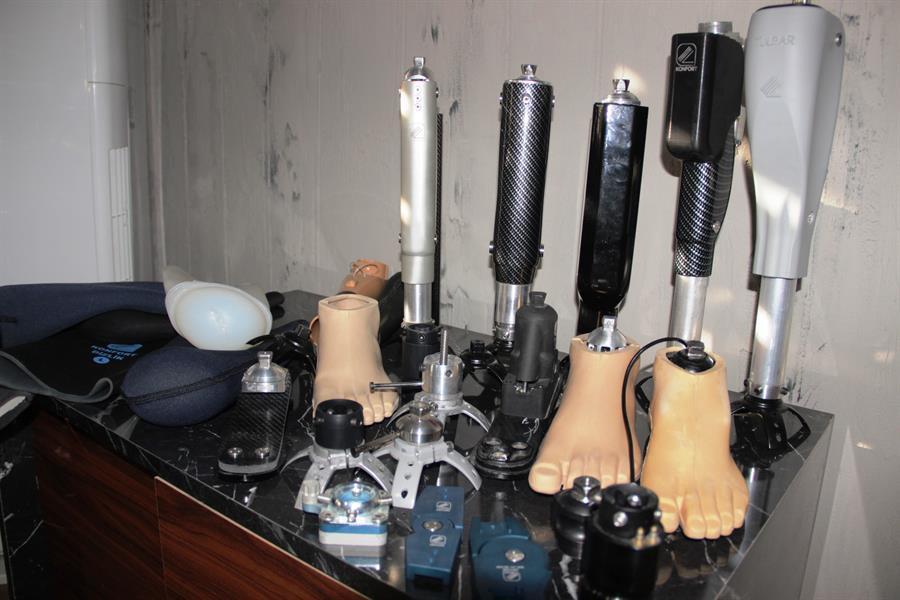
The deadly earthquakes last month have caused much sorrow and pain, particularly for those who underwent amputation, as their lives have taken a completely new turn, trying to hold on to hope to start their lives afresh.
To contribute positively to the lives of people with amputated body parts, many individuals and organizations that design prosthetic limbs have started manufacturing prostheses for quake survivors, as experts predict that many injured survivors of the deadly quakes last month might have to continue their lives as amputees.
Robotel Association is one such organization preparing to support earthquake survivors in need of prostheses.
The association’s founding board member, Serdar Okumuş, stated that they have over 4,000 volunteers and have been producing prosthetic arms since 2014.
These prosthetics are not bionic or electronic but mechanical and are able to make basic grasping movements, produced with 3D printers in personalized sizes and qualities for individuals, especially children.
Okumuş said they do follow-ups with each child they provide with a prosthetic arm and design new ones for them in line with their physical development.
He added that they are currently in contact with non-governmental organizations, public institutions and physicians in the quake region to find out the actual number of prosthesis requests and to plan accordingly.
They will offer prosthetics to all those in need completely free of charge.
In addition, Beykent University Mechanical Engineering Club students, who ranked second nationwide with their prosthetic arm project at TEKNOFEST last year, aim to support amputees in the quake region as well.
Stating that they decided to design a prosthetic arm to eliminate the difficulties amputees face in daily life, team captain Mete Han Korkmaz said that they were able to transmit the data from the two main muscles in the arm of the amputee to their software to activate the relevant motors.
Their software enables the amputee to interact easily with sensitive objects and make movements such as opening and closing the hand, turning the wrist, holding a card or key and writing, as well as making peace and thumbs-up gestures.